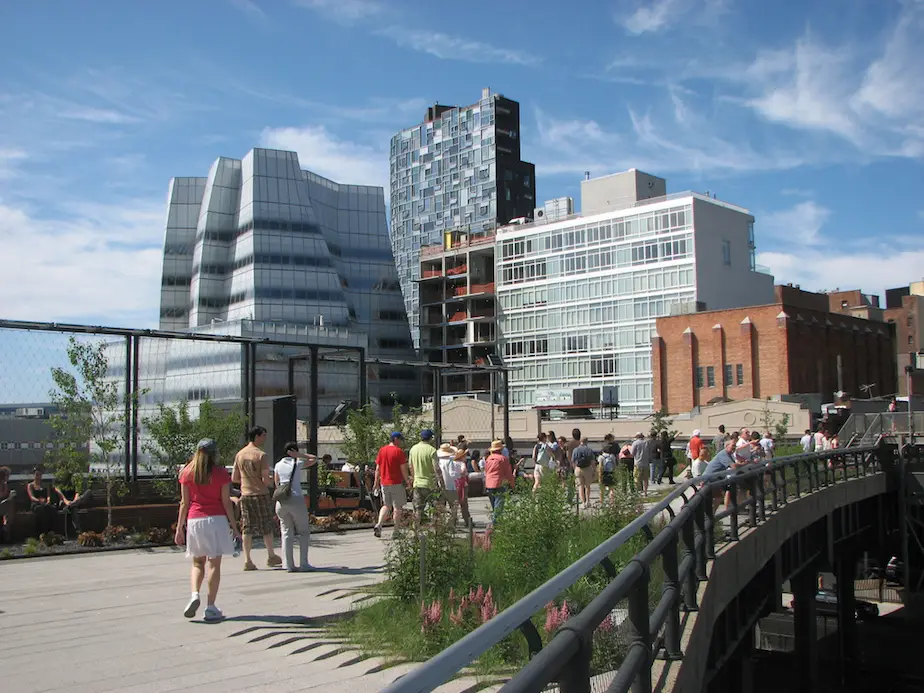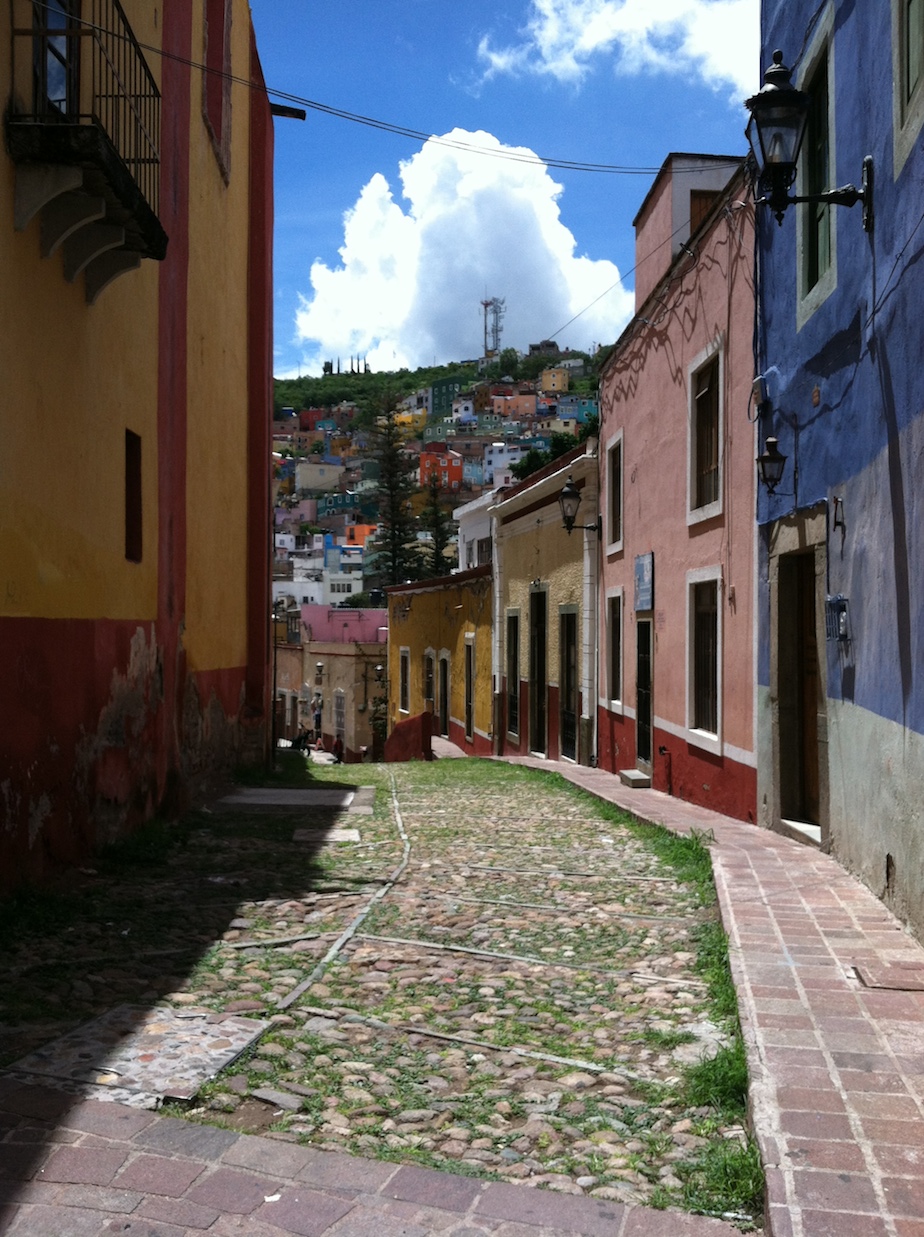Like many people, the first time Tony Yanow saw the Los Angeles river was not in person but in a movie theater, while watching Grease. And like many others, he didn’t even realize it was a river. The towering concrete walls and pillars made it look more like a massive, high tech drainage ditch. Little did he know that many years later he would be working to restore this concrete monstrosity to looking like a real river, by doing the one thing he loved the most: creating craft beer.
The Los Angeles River has a long and troubled history. Due to the light rainfall in the LA area, it would usually sit dry most of the time. But it was also prone to occasional flash flooding. In the 1930s, a series of floods devastated the young, growing city. Something needed to be done, and it was decided that not the city but rather the US Army Corps of Engineers would undertake a massive civil engineering project to avoid such floods in the future with an innovative design: a fully concrete-banked river.
Though the project took 20 years to complete, it was considered a success, greatly reducing the risk of flooding and increasing the capacity of the river. There was just one problem: the river was incredibly ugly and polluted.
When Tony arrived in Los Angeles, residents had already grown to accept the concrete walled river as an unpleasant but unchangeable reality. He lived and worked along the LA River, opening up a bar dedicated to high quality craft beer near Glendale and later opening a second bar in Echo Park. Eventually he came to accept the river as a part of the city.
In 2009, his big break came with the opening of his own restaurant and brewery, Golden Road. He and his partners decided to stay close to the river, choosing a location that was only a few hundred feet from its concrete shores, near Burbank. “It was an exciting location, there was a lot of activity there,” Tony says. Nonetheless, the river was still considered an eyesore.
As Tony was beginning operations at his brewery, activists elsewhere in the city began to dream of a more beautiful, less concrete LA River. They began their campaign with an unusual call to action: an expedition down the river by kayak. This ultimately led to a crucial redesignation of the river as a “traditionally navigable waterway” by the EPA in 2010, opening up the possibility of an overhaul of the river.

The push for restoring the river began to gain momentum. They received support from LA mayor Antonio Villaraigosa and his successor, Eric Garcetti, as well as a number of nonprofit groups. Some modest revitalization efforts were carried out, restoring some local plants and wildlife. But the dream remained distant. Many still thought of the river as an ugly, polluted, concrete nightmare.
Tony had never considered doing much to support the LA River until he was approached by Omar Brownson of the LA River Corporation, a nonprofit group whose goal was raise public support for converting the river into a giant greenway. They sought him out because of his brewery’s location near the river. He was won over by their plan. This was partly for selfish reasons; turning the river into a viable public space would help bring customers to his brewery. But it was also personal. He had been in this area for decades now, and had a genuine stake in improving the community.
To support their efforts, he came up with a clever idea. Instead of just contributing to them directly, he would work with his master brewers to create a special beer to raise funds for the group. The beer is named “2020 IPA” in honor of the LA River Corporation’s “2020 Greenway” plan, which seeks to convert the river to greenways by 2020.
Beers are sold in large cans, featuring a rendering of the plans for the river. To create the design, Tony’s brewery worked with LA architecture firm Lean Arch, who supplied the design for free to support the cause. One dollar of each beer sold goes to the LA River Corporation to support its plan. So far the beer has been phenomenally successful, it entered production at the beginning of February and sold out by the end of the month, brewers are currently producing a second batch. But more than just raising money, the beers raise awareness. “Many people who drink the beer in my restaurant have never heard of the River revitalization efforts,” Tony says. “This beer gets them talking about it.”
For its revitalization plans for 2020, the LA River Corporation is thinking big. It wants the LA River greenway to be LA’s answer to the Highline Park in New York. It’s even contacted some of the key players in the creation of the Highline.
Doing so will be difficult. Recently, Mayor Garcetti met with top officials in Washington to push for a more effectively designed but more expensive LA River plan. Officials in the Army Corps of Engineers, the agency still in charge of the river, were unenthusiastic. They’re set to release a final recommendation for river plans this spring.
Though the fate of the river may ultimately be determined by officials on the other side of the country, a strong community movement means there’s hope that a better plan will be reached. The beers Tony sells, successful as they are, won’t be enough to cover the entire LA River revitalization tab. But he might be doing something even better: raising awareness and building momentum for a project that will reshape his community, restoring the natural beauty of the river and making the entire city a better place.
Drew Reed is an online media producer and community activist specialising in sustainable transportation. He lives in Buenos Aires.
Top photo: independantman


